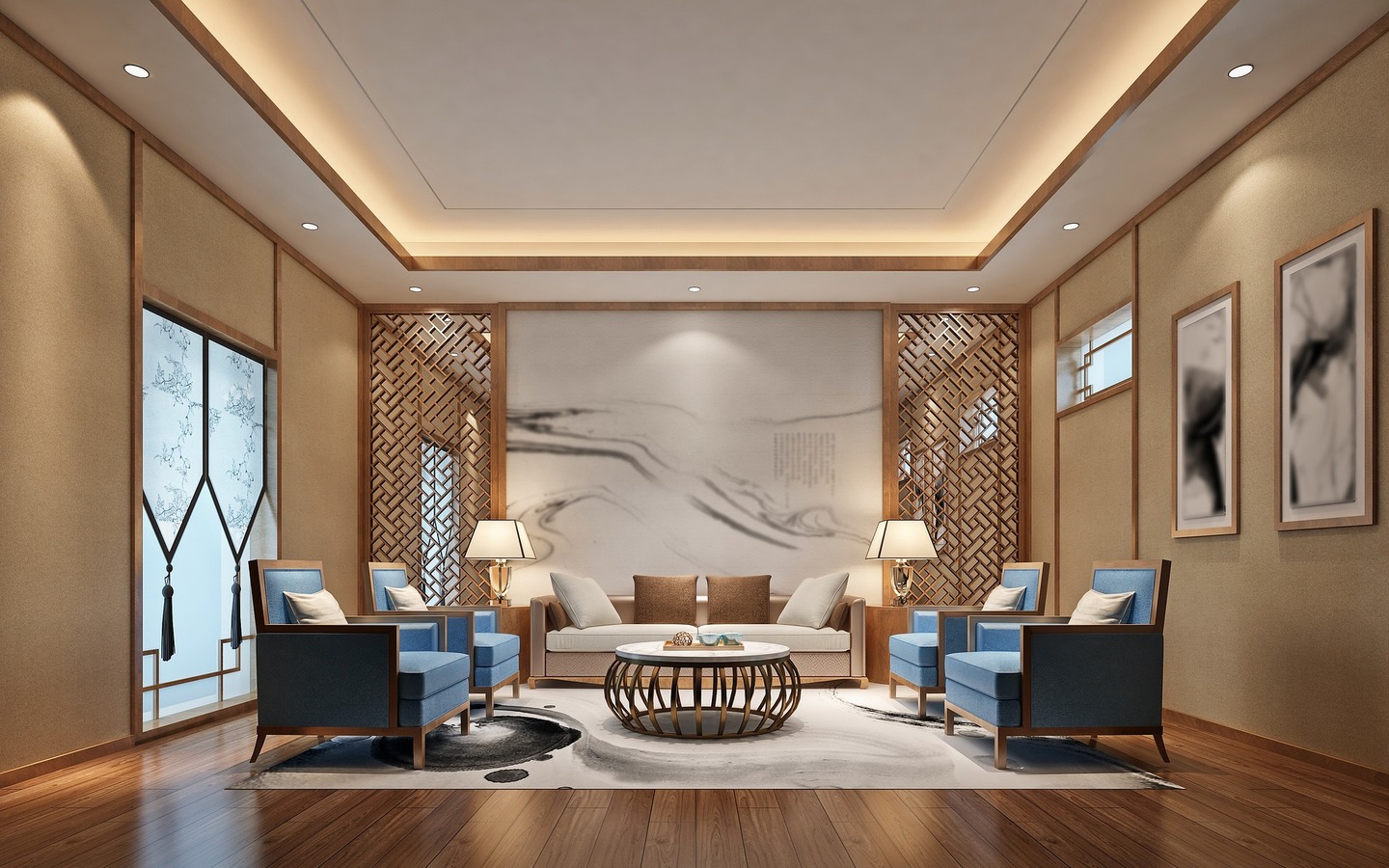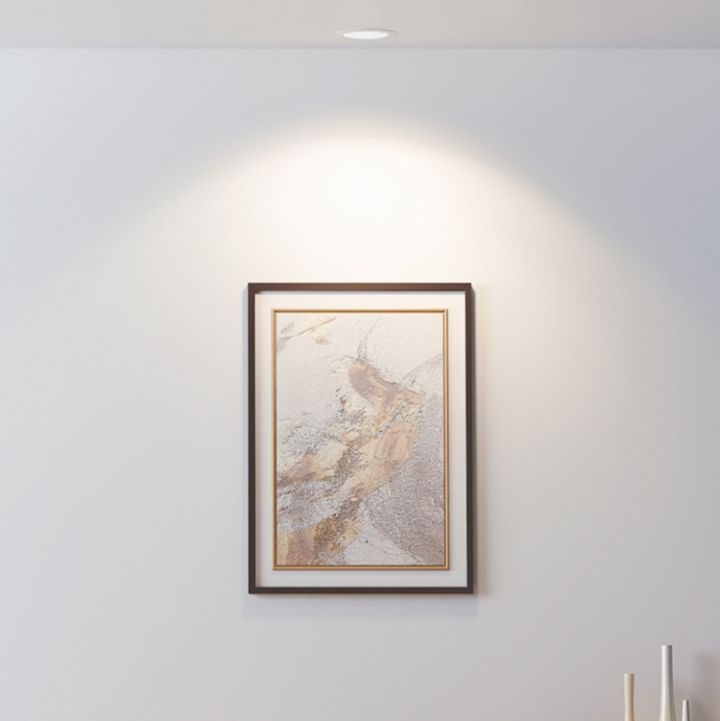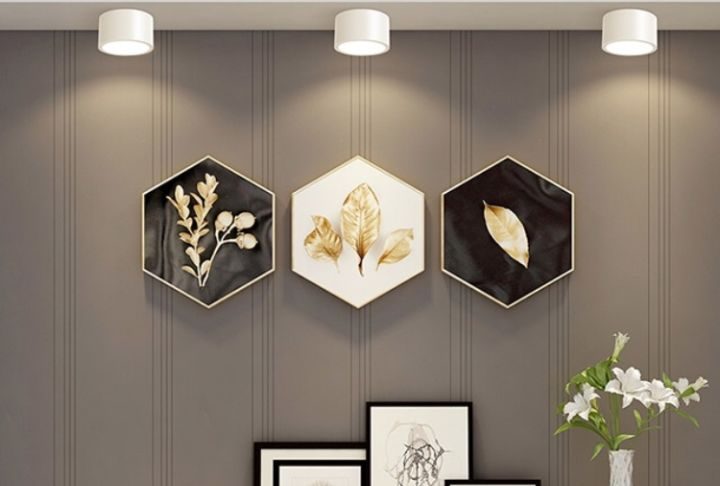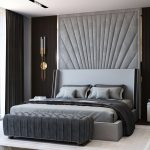
Practical tips for downlight selection
See style and appearance
Although downlights are generally designed to be relatively simple, the appearance is still there. In this era of looking at the appearance of everything, it is more important to choose a lamp that looks good to you.
The selection of downlights also needs to look at the quality. Downlights are generally composed of light sources. Now they are generally composed of LED lamp beads, drivers, lamp cups and other structural components. Pay attention to the quality of these parts. LED lamp beads are mainly about brightness and life, the driver is mainly about the stability of current, and the lamp cup is mainly about heat dissipation and robustness.
Generally speaking, the workmanship is insufficient. For example, whether the shell material is made of aluminum, of course, there are materials that have better heat dissipation than aluminum, but they are usually expensive and not conventional products.
See how the drive works
Because the driver is inside, it is generally invisible from the outside, so we can only see it through the relevant parameters, such as the warranty time, the power factor of the driver, efficiency, etc. Good quality products generally write the parameters of this piece or provide product warranty period.
Look at the lamp beads
Since the lamp bead is also inside, the quality cannot be seen, but we can know the quality of the lamp bead from the presence or absence of glare, the softness of the light, and the warranty time. If the optical distribution of the lamp bead is unreasonable, it will cause glare, If the lamp bead is guaranteed for a long time, it means that the heat dissipation can be done well. If the heat dissipation is done well, the service life of the lamp bead can be guaranteed.
Buying a well-known brand can save you some of the hassle of shopping. It does not mean that it is not good to have products that are not branded. As long as they are products of regular manufacturers and have relevant certifications, you can choose good products by paying attention to screening.
Note: Embedded downlights need to be suspended ceilings, so the floor height still has certain requirements, especially after the ceiling is completed, if the clear height is less than 2.6m, you need to carefully consider whether you need to install downlights.
Optical parameters such as
Illumination The general recommendation for the illuminance of the living room is that the overall illuminance requirement is about 30-100lx, and the illuminance requirement is generally around 150-300lux because it may be necessary to read books and newspapers near the desktop and sofa. If there is main lighting, you can add downlights to areas that need accent lighting, such as tables and sofas. If it is lighting without a main light, because the calculation based on the illuminance is relatively complicated, and factors such as distance and the reflectivity of the wall material are also considered, but a rough algorithm can be used. First multiply the area by the parameters required by the illuminance, and then divide by the luminous flux of a single downlight to roughly calculate the number of downlights required. Then make settings according to the relevant design.
Downlight wattage selection
The selection of the wattage of the downlight can refer to the floor height. If the floor height is about 3 meters, you can choose about 3w. When the main light design is adopted, you can also choose the downlight with 5w or more power. If it is designed with a main light, you can choose 3w or 1w. The floor height of about 3.5 meters can choose about 6w, and the higher floor height can choose 8w or even higher power. Factors such as area, floor height, light efficiency of downlights, and personal preference need to be considered. These are approximate references, unlike classrooms, libraries and other places that have relevant standards for illuminance. After all, it is a place for individuals to rest and live. It is recommended for reference, and you need to feel comfortable.
Color temperature
In general, the living room can choose a color temperature of about 4000-5000k. Due to the changeable application scenarios in the living room, it is best to choose a color temperature that can be used. In addition, due to the relatively large number of downlights used, pay attention to the consistency of the color temperature. If the color temperature is inconsistent, It doesn’t feel good either.
Glare
Glare refers to the discomfort caused by the strong contrast of light to the human eye, so try to avoid glare as much as possible. The generation of glare is mainly related to the optical design of the lamps, the installation angle, the human visual angle and so on. If used as basic lighting, try to choose a downlight with deep anti-glare.
Anti blue light
Too much blue light can damage the eyes to a certain extent, but don’t worry too much, because the light we see generally has blue light components, as long as there is not too much blue light. Countries have relevant standards. As long as it meets the anti-blue light level, such as RG0, you can use it with confidence.
No video flash
Color rendering index, the higher the color rendering index, the better the color reproduction effect, the downlight is generally above 80.
The installation of the downlight should be more than 30 to 50cm away from the wall to avoid the formation of more obtrusive light spots and cause glare. In addition, prolonged exposure will also make the walls yellow, affecting the appearance. The light spots between the downlights should transition naturally, and the distance between the downlights should be about 1 to 2 meters.
The light shape of the light emitted by the downlight is commonly known as the light spot. The central light intensity is obvious, and the transition to the periphery is soft.





